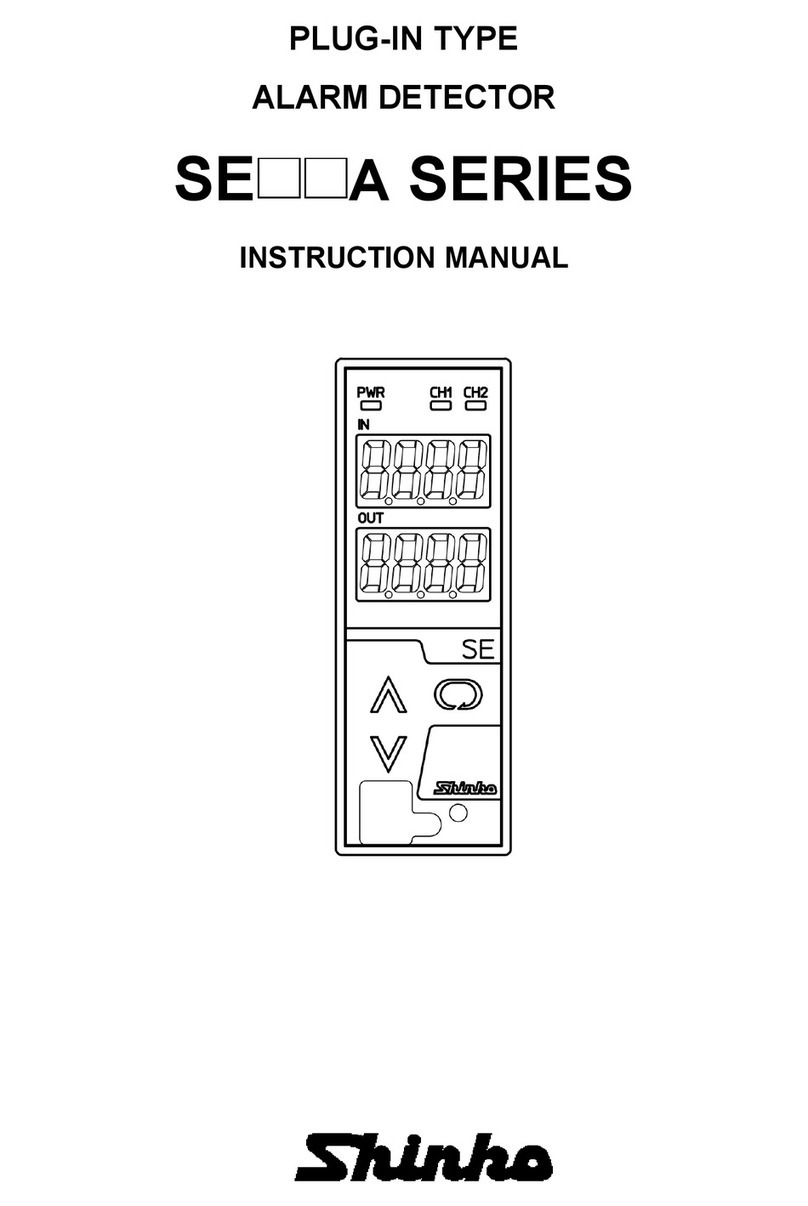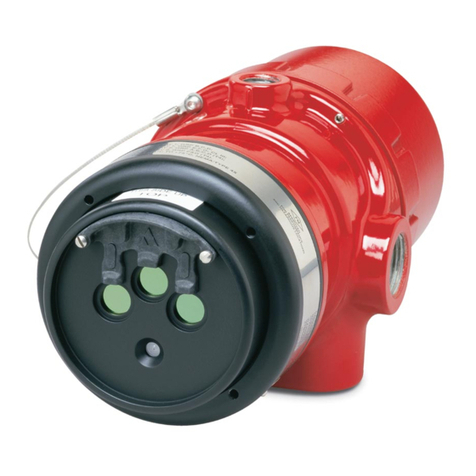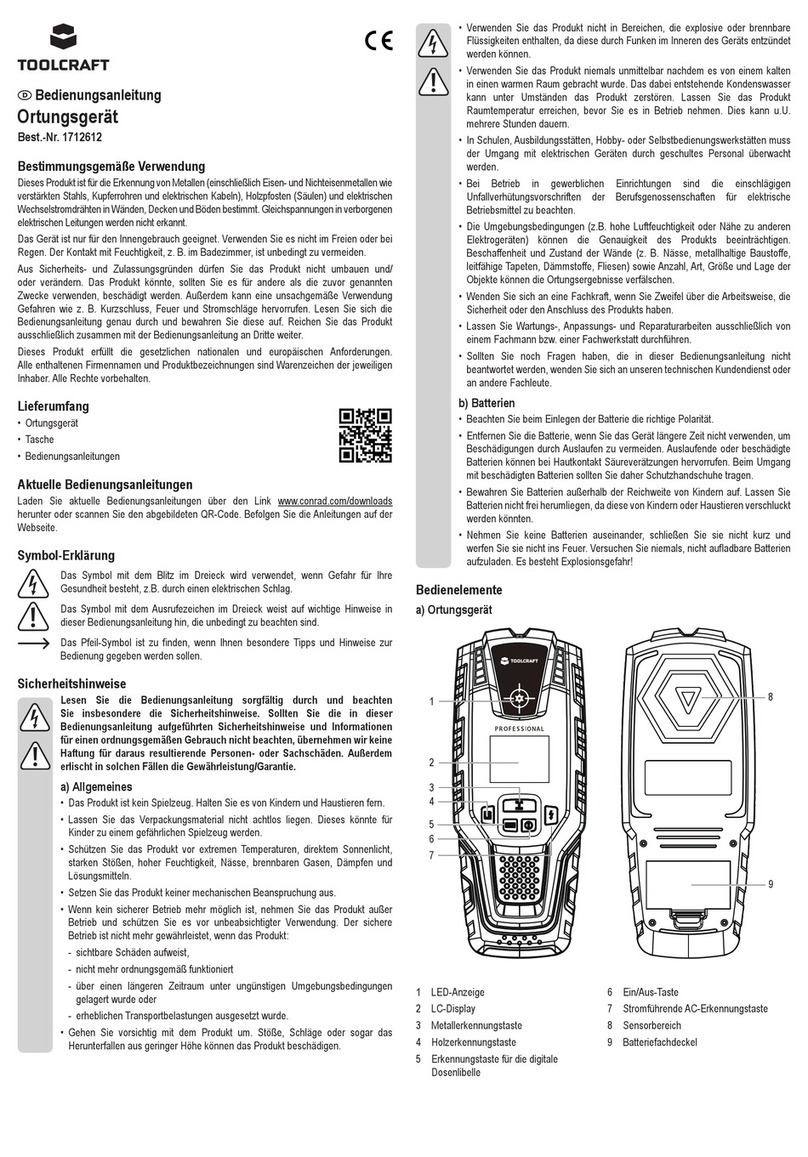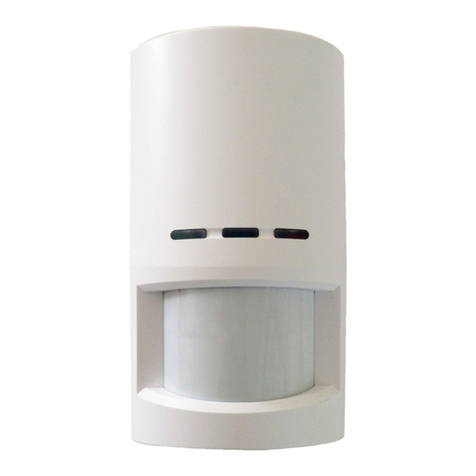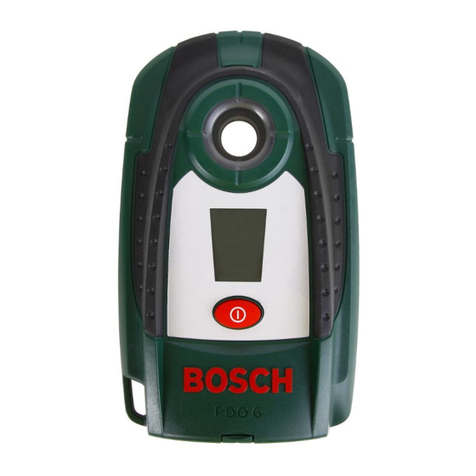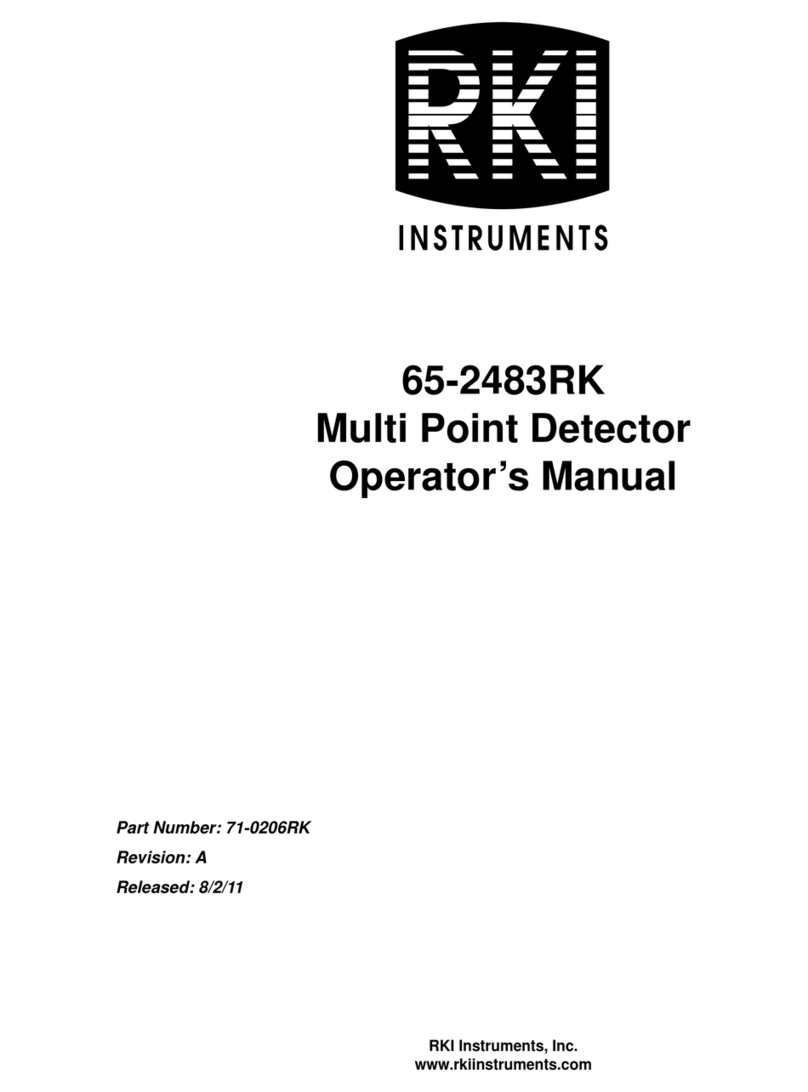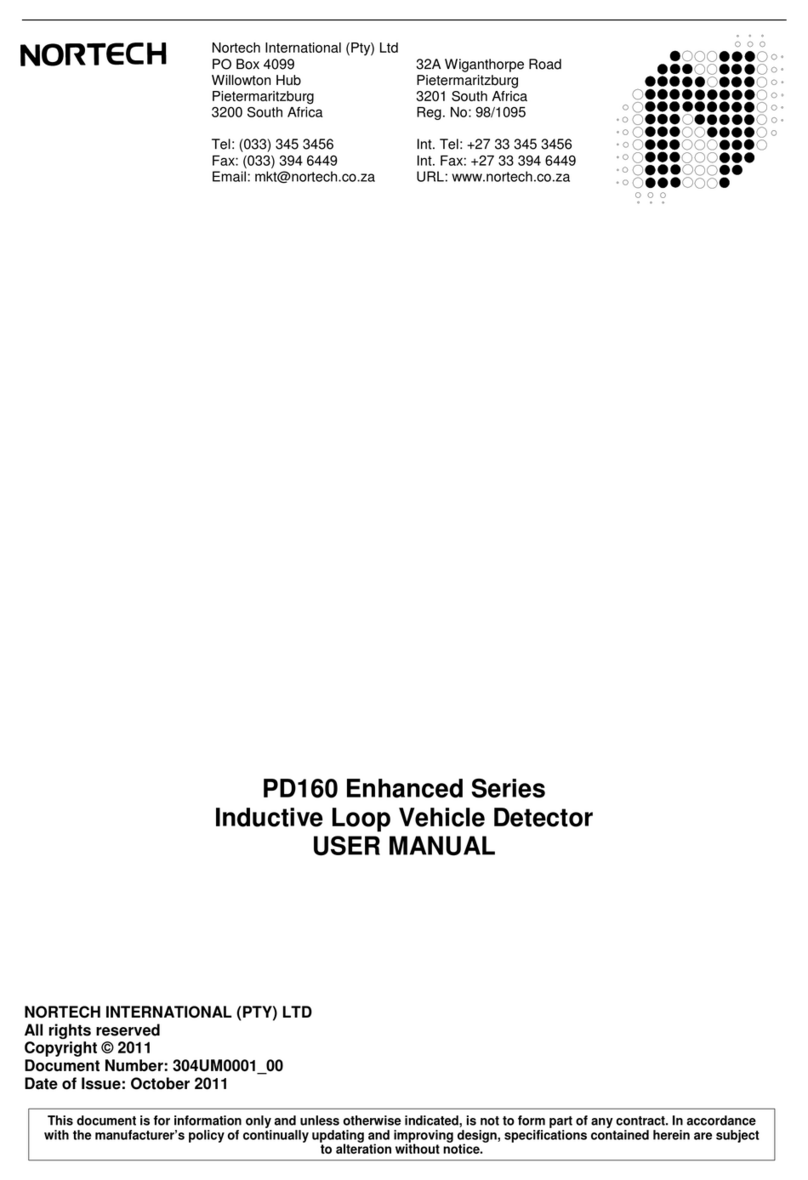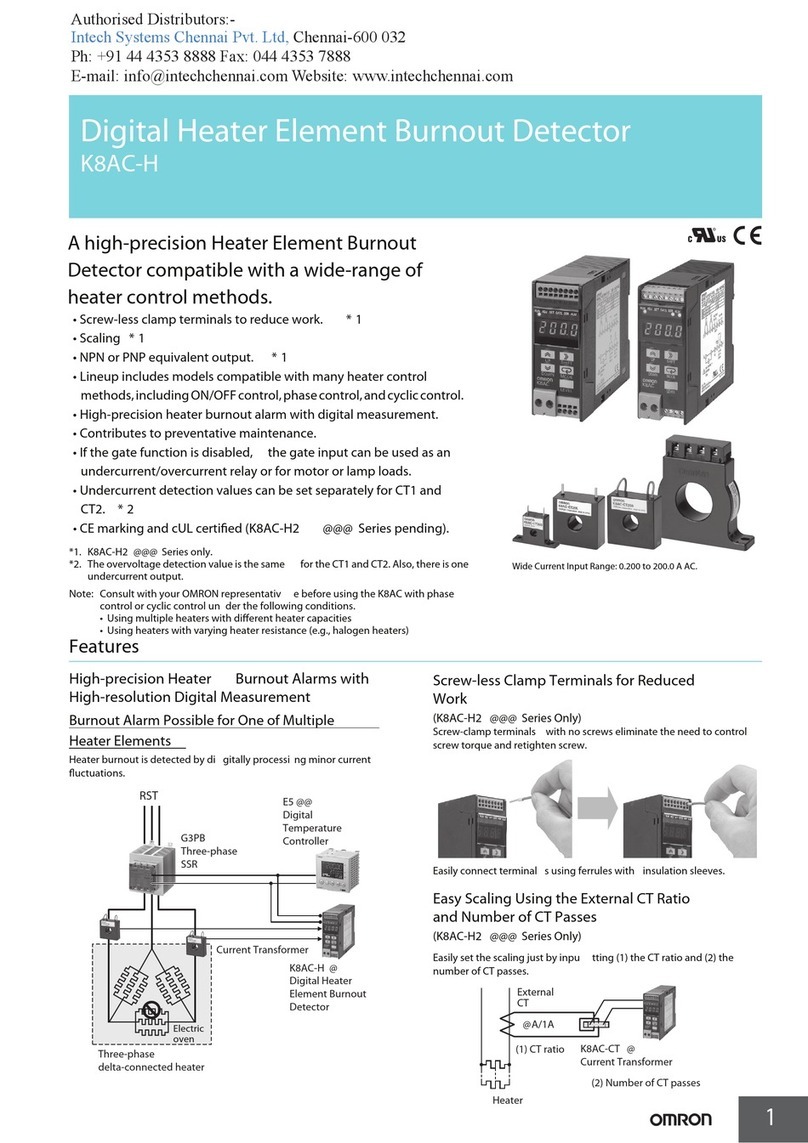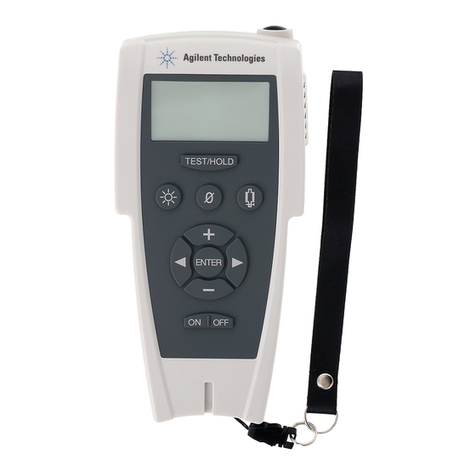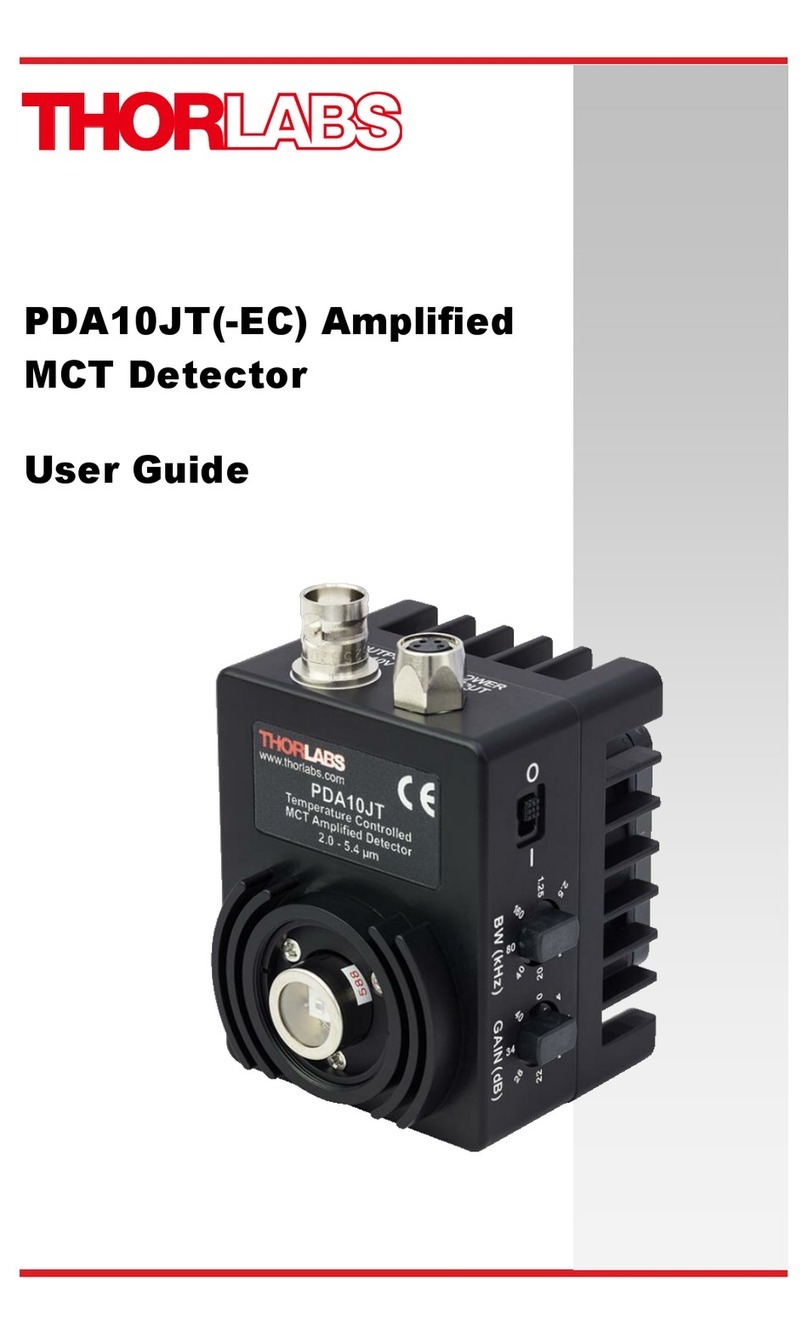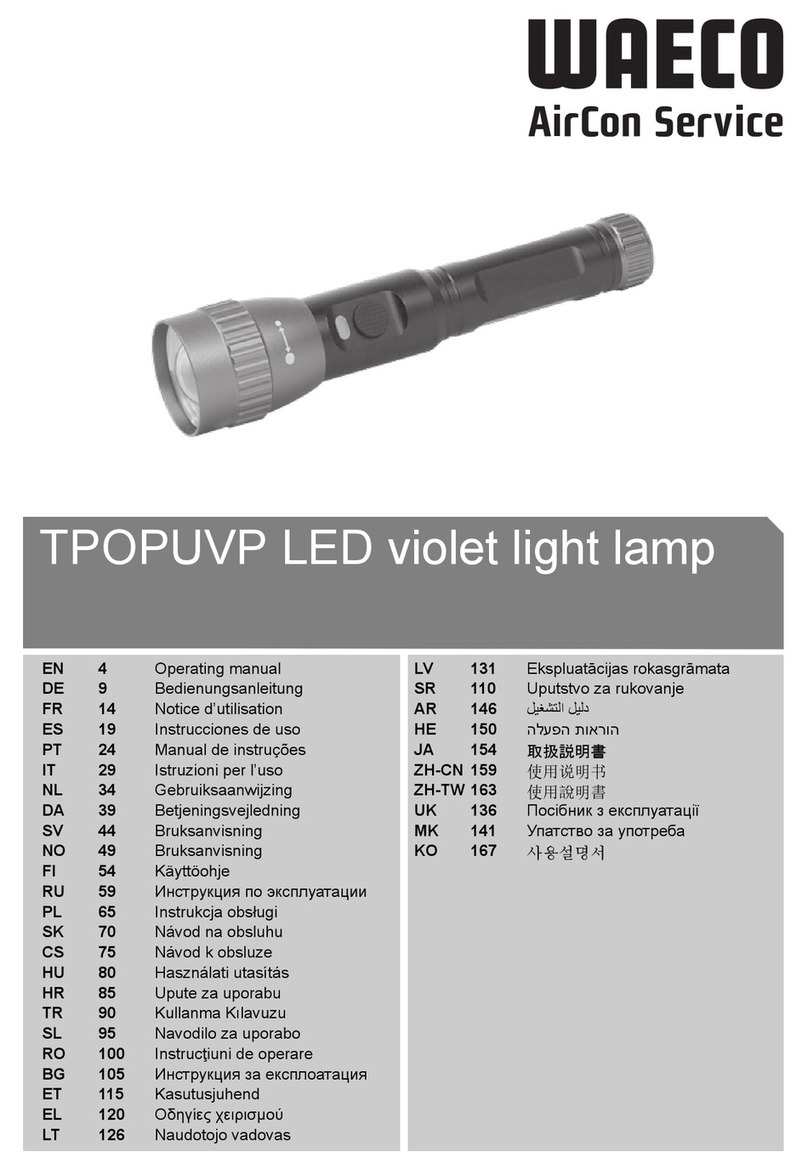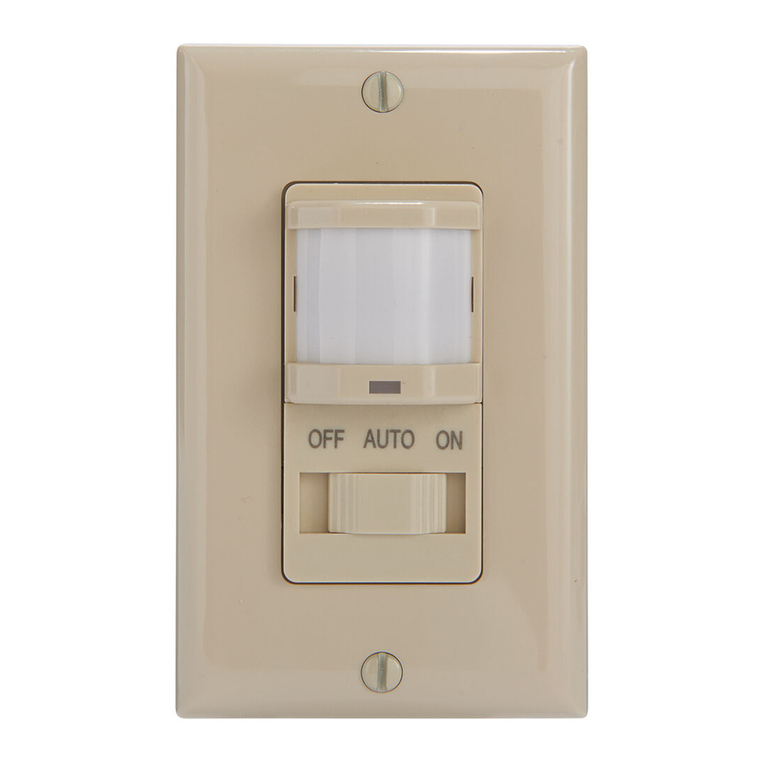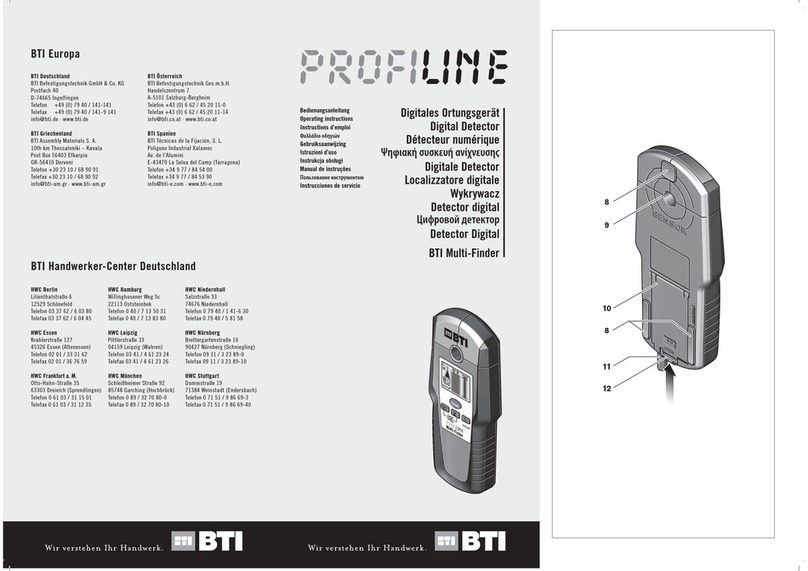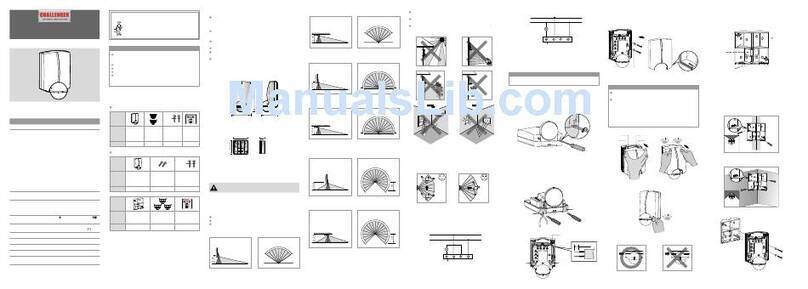
Rupture Disc
Devices
Doc. No. A-424/A-460 3 Rev. 1.36/18
Operation
A rupture disc device (RDD) is a non-reclosing
pressure relieving device. The pressure-
containing element is a rupture disc, which when
new is carefully tested in accordance with AAR
Appendix A, paragraph A5.03. It is actuated by
a pressure buildup inside the tank, due either to
substantial heat input into the tank, or pressure
spikes generated by surging liquid in the tank. It
is advisable for all personnel to stay away from
the device, unless inspection and maintenance
on it is to be performed.
Inspection and Maintenance
WARNING: Exercise extreme caution
when inspecting the RDD and/or its
disc if there is any pressure in the tank. Even
though there may be only a nominal amount of
pressure in the tank, the disc may be weakened
or cracked. If there is a hard-plastic disc in the
RDD, it may shatter explosively. Do not stand
directly over the RDD. Be prepared with the
proper protective equipment in the event there
is an unanticipated product emission through
the RDD.
1. To inspect the rupture disc, all Midland RDDs
have a patented inspection capability. Pull
out the swing pin (part number 5).
2. Open the top (part number 1). It is hinged
on the hinge pin (part number 8).
3. Inspect the disc for any evidence of
malfunctioning. Frequently, a crack in the
disc (part number 3) or the presence of
product residue in the center opening of the
retainer (part number 4) will indicate that the
disc must be replaced.
4. If you decide to change the disc, be prepared
for product to be released through the RDD.
Wear suitable protective clothing. Stand
upwind of the RDD. Another person should
be present to go for assistance if additional
help is unexpectedly required.
5. So that you won’t be taken by surprise,
crack open an air vent valve to check to see
if there is pressure in the tank. If pressure
escapes, you know there is pressure in the
tank. If no pressure escapes from the vent
valve, there still is no assurance that there
is no pressure in the tank as the air valve
may be plugged with product. Always be
prepared for the worst conditions and take
all necessary precautions.
6. Have available a replacement disc and disc
gasket.
7. The four 1/2" heavy hex nuts require a 7/8”
open-end crescent wrench. Also, have a wire
brush and a screwdriver available.
8. Back off all four 1/2" nuts up to the cotter pins.
The cotter pins are positioned to prevent the
nuts from being taken completely off the
studs, and possibly lost.
9. The eyebolt (part number 12) is hinged to
rotate outward. Swing it forward as far as it
will go.
10. Pick up the retainer. If it is stuck, use the
screwdriver to pry it up.
11. Take out the old disc. It may be necessary
to again use the screwdriver to dislodge it.
Be careful when using the screwdriver not to
gouge into the surface the disc sits on. This
could result in a leak path around the disc.
Discard the old disc.
12. Clean out the recess in the valve base (part
number 2) where the disc was located. Use
a wire brush to dislodge solidified product.
Use a clean cloth to wipe away the debris.
Inspect the surface to see that it is free of
defects that would cause a leak around the
disc to take place.
13. For composite discs (a sandwich of three
layers of materials) use a thin PTFE gasket
into the body recess. Softer metals, like
